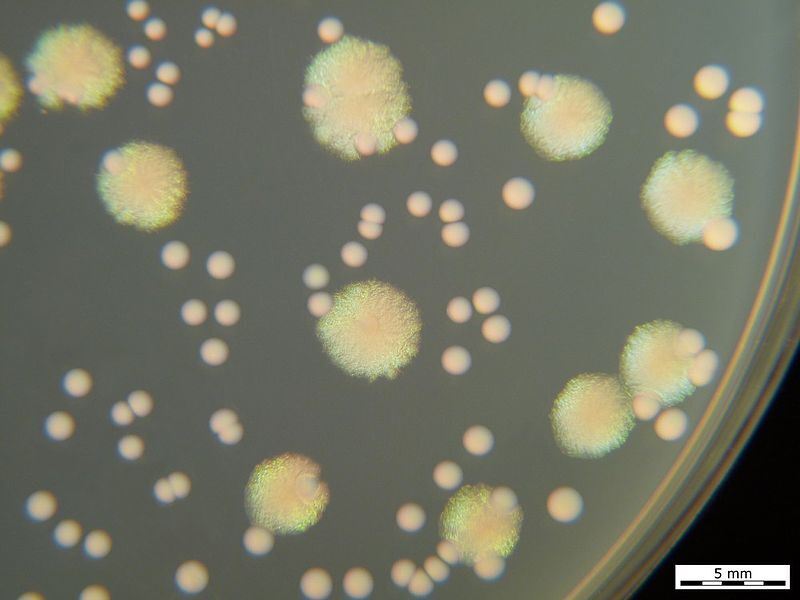Resumen
La contaminación microbiológica de ambientes acuáticos recreativos es una preocupación global ya que el 80% de las enfermedades de origen hídrico son causadas por microorganismos que llegan a las aguas través de las heces, partículas orgánicas e inorgánicas y otros restos que producen personas infectadas. Para evaluar la calidad microbiológica se realizan monitoreos en los que se determinan bacterias indicadoras de contaminación fecal, según lo establece la legislación. A pesar de los avances realizados en métodos de detección y control, se siguen informando enfermedades de transmisión hídrica. Esto puede deberse a que existen otros factores ambientales que influyen en la persistencia de los microorganismos en el agua. Una de las causas principales de la persistencia es la presencia de partículas sólidas. Los microorganismos pueden encontrarse, y eventualmente transportarse, en el agua ya sea libres o adheridos a dichas partículas. En épocas de bajo caudal, algunas partículas pueden sedimentar con los microorganismos adsorbidos, sacándolos de la columna de agua y aumentando así su persistencia. El proceso de resuspensión por una actividad recreativa o por turbulencia natural, causa el retorno de estas partículas sólidas con los microorganismos adheridos a la superficie y su probable desorción, convirtiéndose en un riesgo para la salud de los usuarios. El objetivo de este trabajo fue evaluar el efecto que ejercen las partículas sólidas en diferentes matrices acuosas ambientales sobre la persistencia de dos bacterias indicadoras. Se realizaron ensayos discontinuos de sedimentación-resuspensión en el laboratorio utilizando cuatro matrices acuosas preparadas con aguas ambientales de uso recreativo: dos con baja y dos con alta turbidez. En cada matriz se sembraron concentraciones conocidas de Escherichia coli y Enterococcus faecalis. Se homogeneizaron y se tomaron muestras superficiales en el tiempo para evaluar su desaparición durante la sedimentación. Simultáneamente se midió la turbidez. Cuando el recuento de colonias estuvo por debajo del límite de detección, se realizó una resuspensión y se cuantificó nuevamente. La cinética de desaparición se evaluó mediante un modelo matemático de primer orden, de donde se obtuvieron distintos parámetros cinéticos. Aunque se observó una mayor persistencia de Escherichia coli comparada con Enterococcus faecalis en presencia de partículas sólidas, lo cual se evidenció en la reaparición de bacterias cultivables ante la resuspensión de las matrices con alta turbidez, los valores de las constantes cinéticas de desaparición fueron similares para matrices con baja y alta turbidez. Esto indicaría que otras características del agua pueden estar influenciando en dicha persistencia. El uso de parámetros cinéticos calculados experimentalmente en modelos de evaluación de riesgo y calidad de agua es de gran importancia ya que permite obtener resultados más realistas de la situación.

